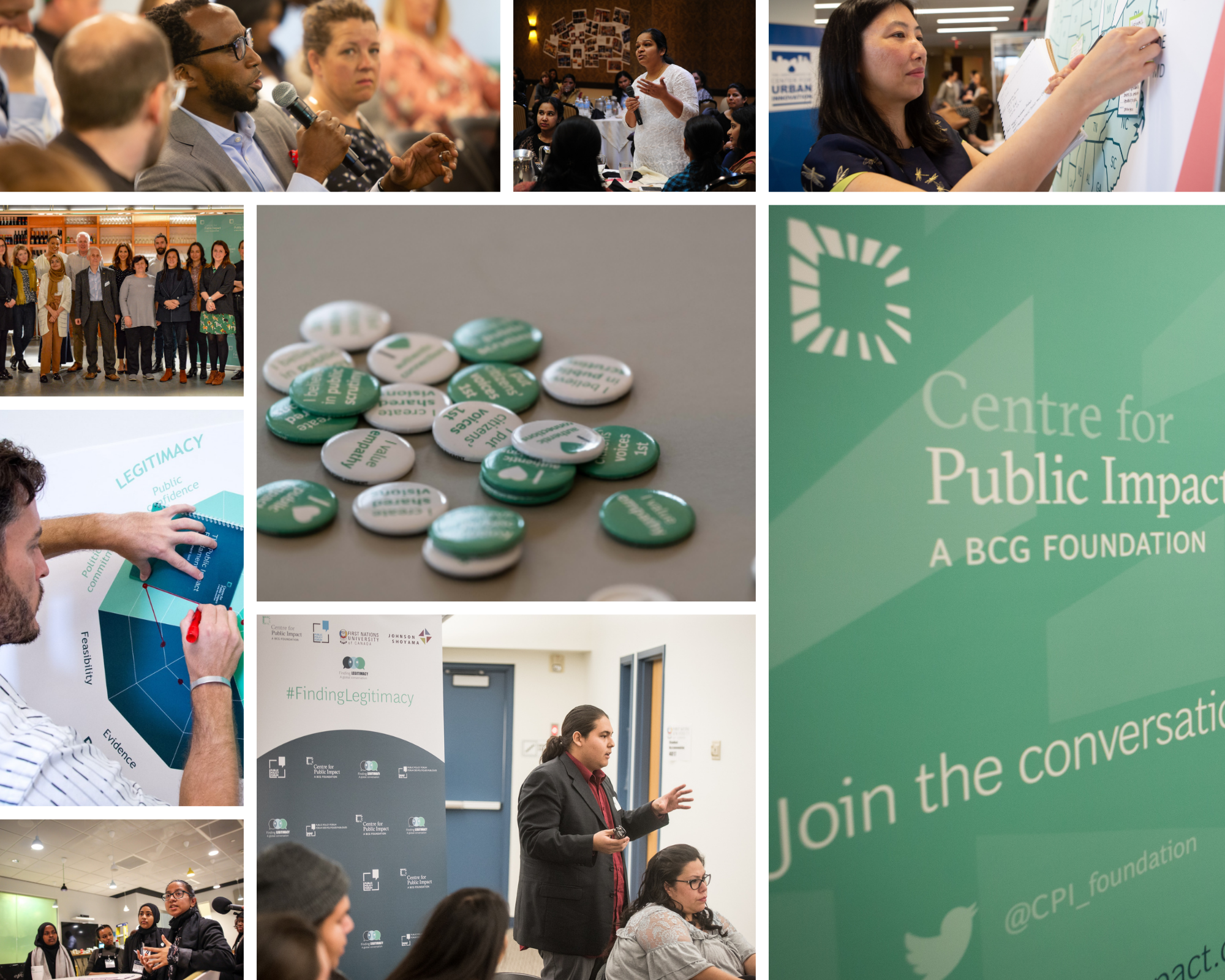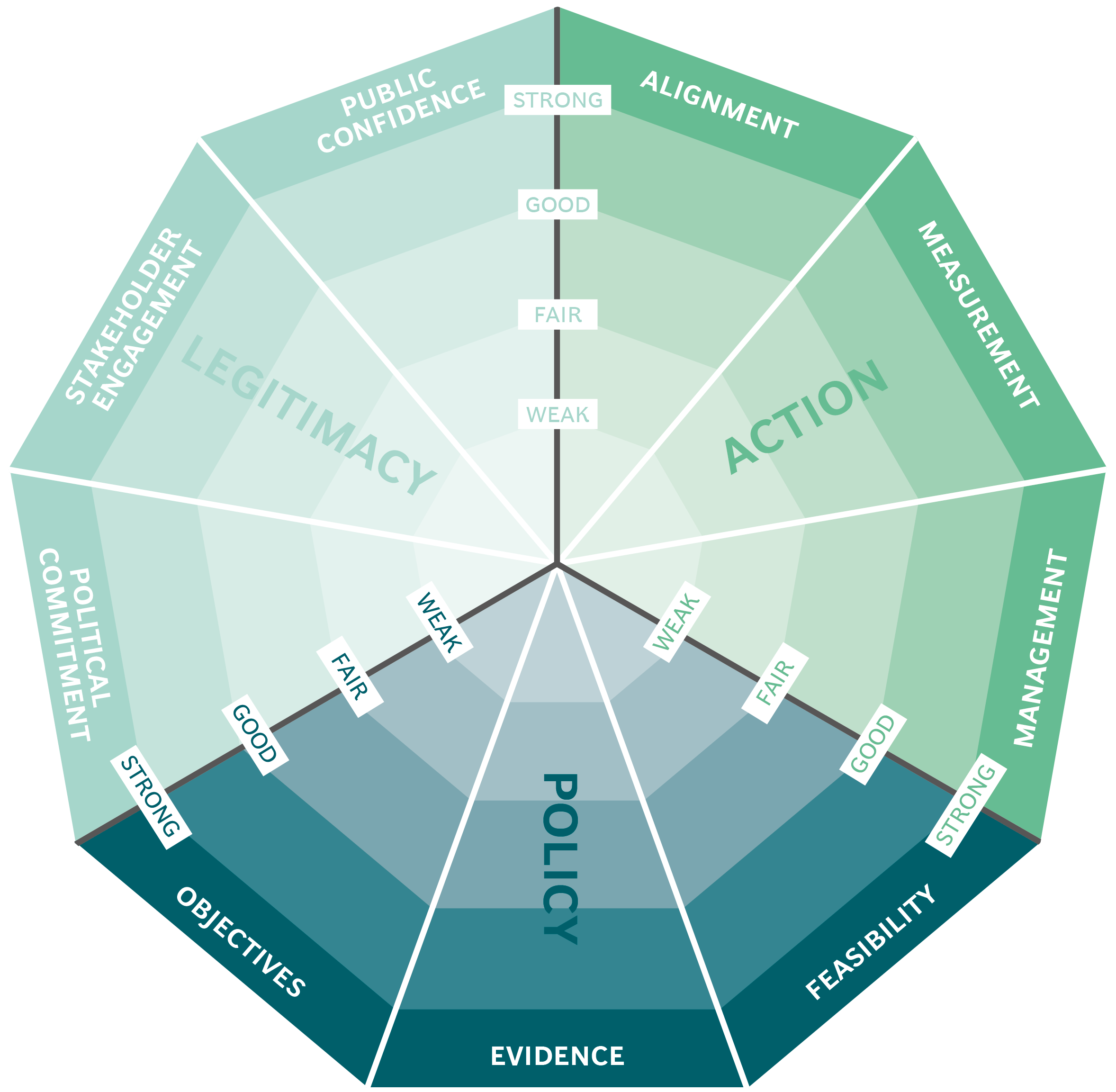
The predlagam.vladi.si portal: e-participation in Slovenia
The initiative
In November 2009, Slovenia's Government Communication Office (GCO) introduced a new website, predlagam.vladi.si [mysuggestion.gov.si]. The site allows citizens to communicate directly with their government and also between themselves about political and administrative issues. They can express their opinions, participate in the legislative process, and make suggestions for more efficient government. “Citizens can submit new ideas, discuss them in an open forum, and express support for other ideas by voting.” [4] Suggestions that get the support of the majority of people voting get a public response of a competent authority in no more than 30 days.
Policymakers, for their part, are required to contribute to these discussions by addressing the questions and the issues that citizens raise. If a citizen proposal is recognised as a valuable suggestion, it needs to be considered seriously and may lead to a change in policy or in a new regulation.
The challenge
Slovenia has been one of the more advanced nations in its deployment of e-government techniques. In 2009, the Slovenian Ministry of Public Administration received the UN Public Service Award for its “eVem project, which introduced a One-Stop-Shop for company registration free of charge and managed to reduce the registration time for big companies from 60 days to a maximum of 4 days”. [1]
In its e-government strategy 2006-2010, e-democracy and e-participation were presented as among the Slovenian government's top priorities. “The government wants to achieve greater participation of individuals and civil society in the formulation of government policies and to enhance dialogue between civil society and the state.” [2]
E-participation is defined by the UN as consisting of three main aspects:
- “E-information - enabling participation by providing citizens with public information and access to information without or upon demand. [3]
- “E-consultation - engaging citizens in contributions to and deliberation on public policies and services
- “E-decision-making - empowering citizens through co-design of policy option and co-production of service components and delivery modalities.”
One of Slovenia's objectives is to establish itself among 10 most successful countries in the e-participation rankings, a significant technical and political challenge.
The public impact
According to the GCO, the predlagam.vladi.si portal had, in its first five years, achieved the following results:
- 12,891 registered users (3,113 users were active in 2014).
- 5,095 suggestions (3 on average per day).
- 33,304 comments (7 on average per suggestion).
- 72,289 votes (14 on average per suggestion).
- 1,675 suggestions (33 percent) received the required level of support and were forwarded for a government response.
However, of the 1,675 suggestions that were forwarded, only 25 (2 percent) received a positive response from the government. Most of the 25 dealt with the quality of online government services and 15 of them were implemented, for example:
- Lower duties on vehicles used for transport of disabled people.
- Lower Value Added Tax (VAT) on washable nappies (a mistake had been made in drafting the legislation, because washable diapers had a higher level of VAT than disposable ones).
Stakeholder engagement
The portal allows for an open and transparent environment for communication between government departments and agencies and citizens and it also engages its citizens by working on the responses received from them.
The portal also enables C2C: citizen-to-citizen engagement in which citizens comment and vote on any policy changes or innovations proposed by their peers.
Political commitment
The initiative was originated by the Slovenian government as part of its e-government initiative through the offices of the GCO.
The government committed all its government departments, ministries and agencies to engage properly with predlagam.vladi.si. The GCO is currently working on improving the number of suggestions that receive a positive response and are implemented by government. This will be achieved by moving the decision-making process from ministries and government offices to the level of government committees.
Public confidence
The number of registered users of the predlagam.vladi.si portal indicates a significant level of public support, with nearly 13,000 registered users and over 5,000 suggestions in its first five years.Clarity of objectives
The objectives of the predlagam.vladi.si portal were very clearly stated: to increase the degree of participation of Slovenian citizens in the policymaking process.
The portal is much more than an online suggestion box: it has a clear interface with each suggestion having its own lifecycle. A new proposal is posted on the site, and it moves from being “In the Debate” to “In the vote”. [5] Depending on the citizen vote, the proposal is then either rejected or forwarded to government, which then considers its response. This is justifiably presented as a genuine participative process of debate and decision-making.
Strength of evidence
The predlagam.vladi.si was based on a similar IT development in Estonia:
- “The Slovenian portal, predlagam.vladi.si, is based on the TID+ software (Today I Decide) that was originally developed for the Estonian government under the name TOM … [6]
- “The software was updated and extended with new functionality to meet Slovenian needs.”
Feasibility
The Slovenian portal was based on an Estonian portal developed in 2001 under the EU e-participation initiative. The necessary modifications to translate it from an Estonian to a Slovenian context were technically feasible and did not involve significant investment, according to a GCO spokesperson. “Adjusting the software to our requirements did not take a lot of effort. Since it comes with a lot of options, the software allowed us to customize the process. Translating the software was pretty straightforward too. We did add some specific features like ... a weekly newsletter with the latest developments and ideas — which proved to be very effective in motivating users to return and participate — and a voting quorum, among others.” [7]Management
Two people from the GCO are responsible for managing communication on the portal, such as dealing with responses and comments. “Currently, two people from the government are directly involved in interacting with citizens, which takes about 10 percent of their time. The answers, of course, are prepared by the ministries and government offices responsible for the particular issues.” [8]Measurement
Although there were no metrics identified to gauge the effectiveness of the policy, data was collected on parameters such as the number of policies implemented (15 by 2014), the number of suggestions received (5,095), the number of comments (7 on average per suggestion), and the number of votes received (over 70,000).Alignment
The main actors involved in using the portal are the Slovenian government, principally the GCO, and the registered users who are active in making proposals, engaging in debate, and voting.
Responses to the suggestions made by citizens are prepared by the ministry or ministries responsible for the particular area of policy, making this a collaborative exercise in policymaking. “Public officials from various government ministries are ready to respond to citizens' initiatives and evaluate their proposals.” [9]
However, it would be more participative if there were more users from civil society and the debate with government were more interactive.

The Public Impact Fundamentals - A framework for successful policy
This case study has been assessed using the Public Impact Fundamentals, a simple framework and practical tool to help you assess your public policies and ensure the three fundamentals - Legitimacy, Policy and Action are embedded in them.
Learn more about the Fundamentals and how you can use them to access your own policies and initiatives.
You may also be interested in...


National portal for government services and Information: gob.mx

The eco-friendly façade of the Manuel Gea González Hospital tower in Mexico City

Low-income broadband in United States

Public Transport in London
